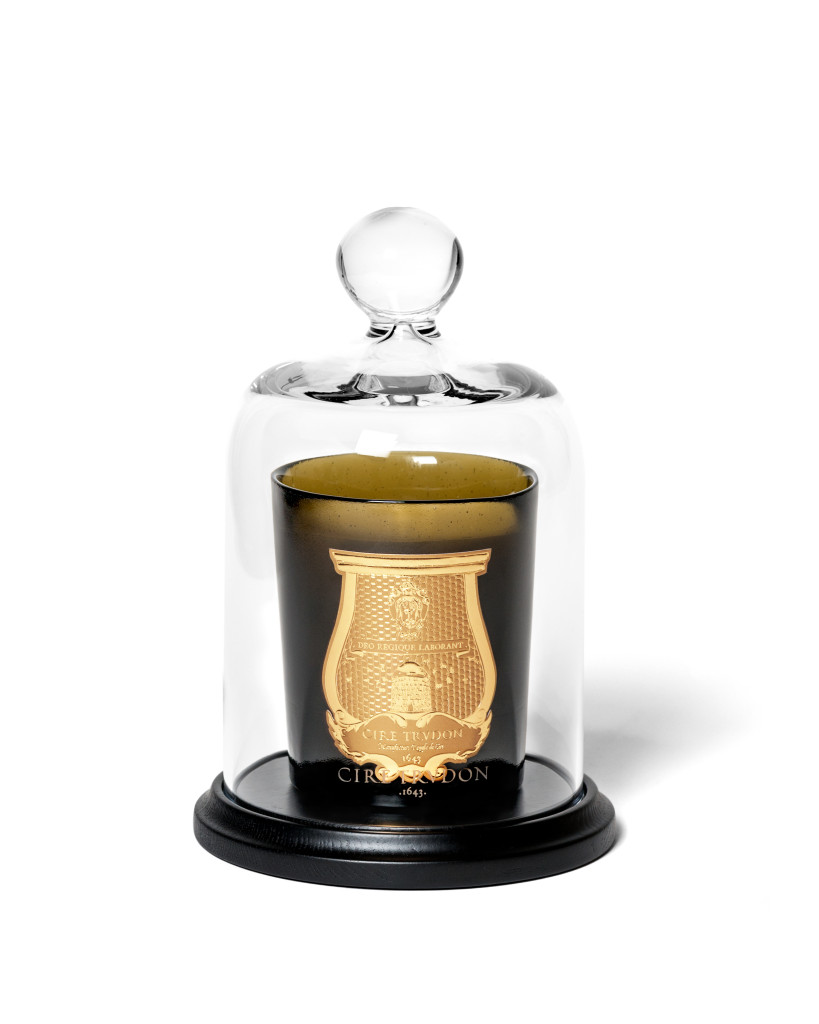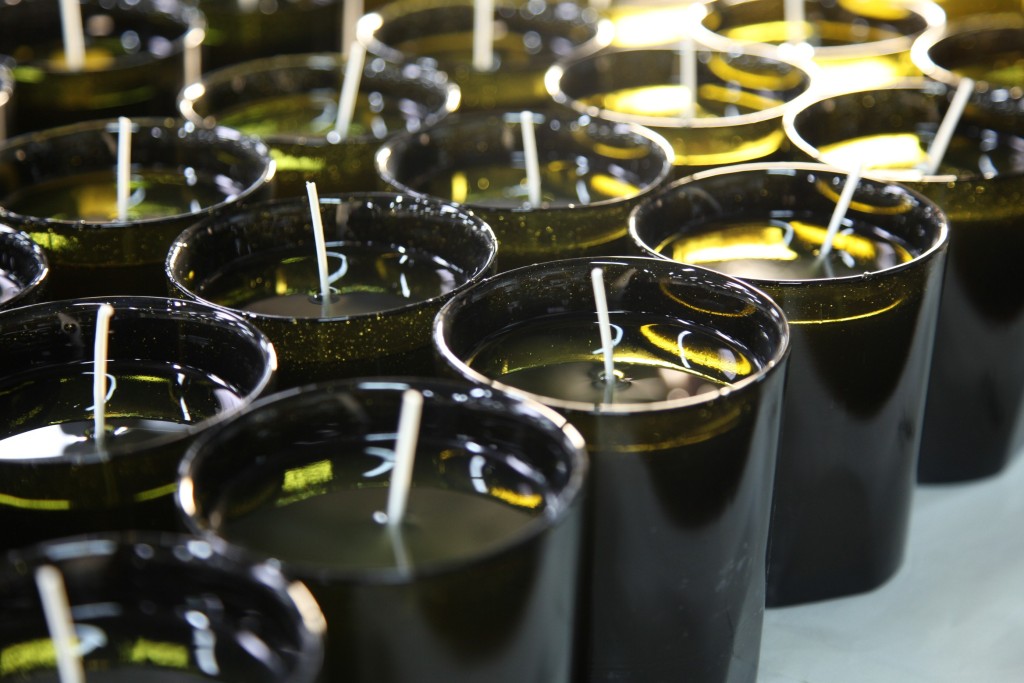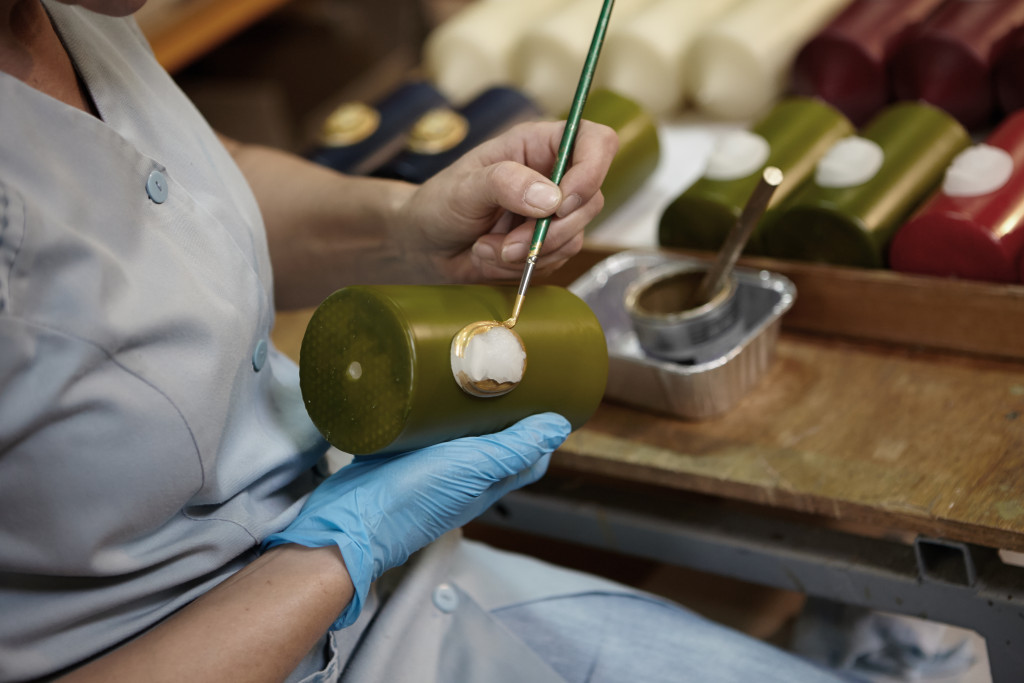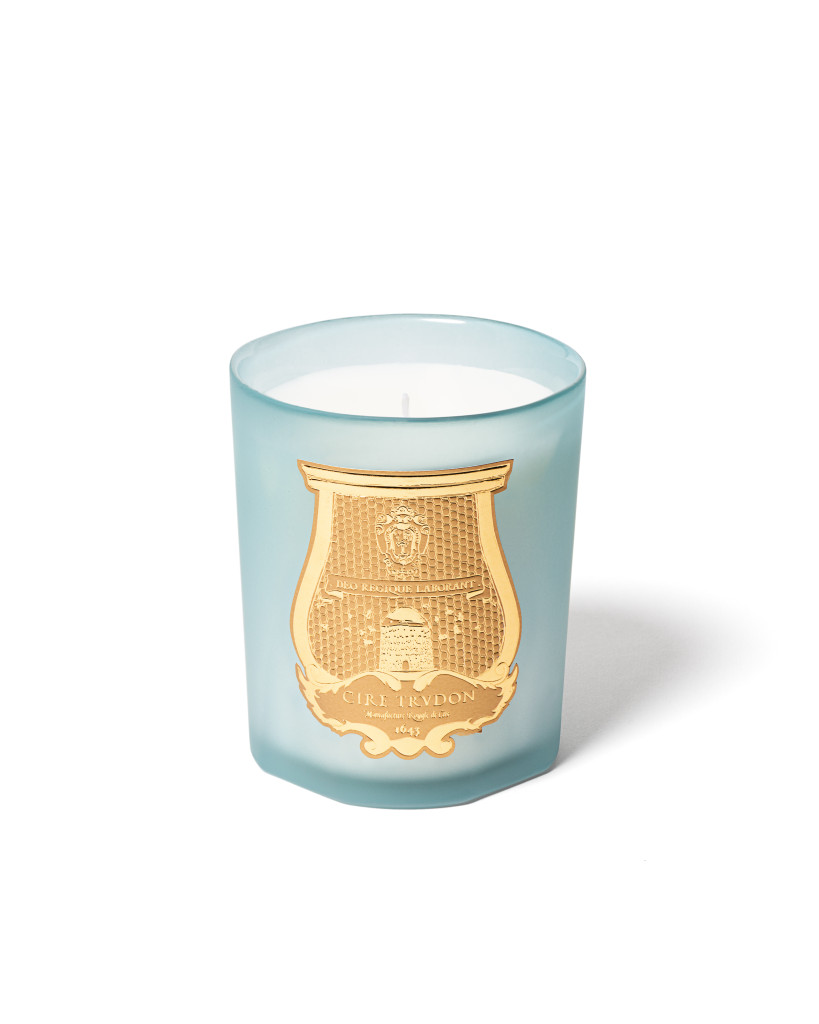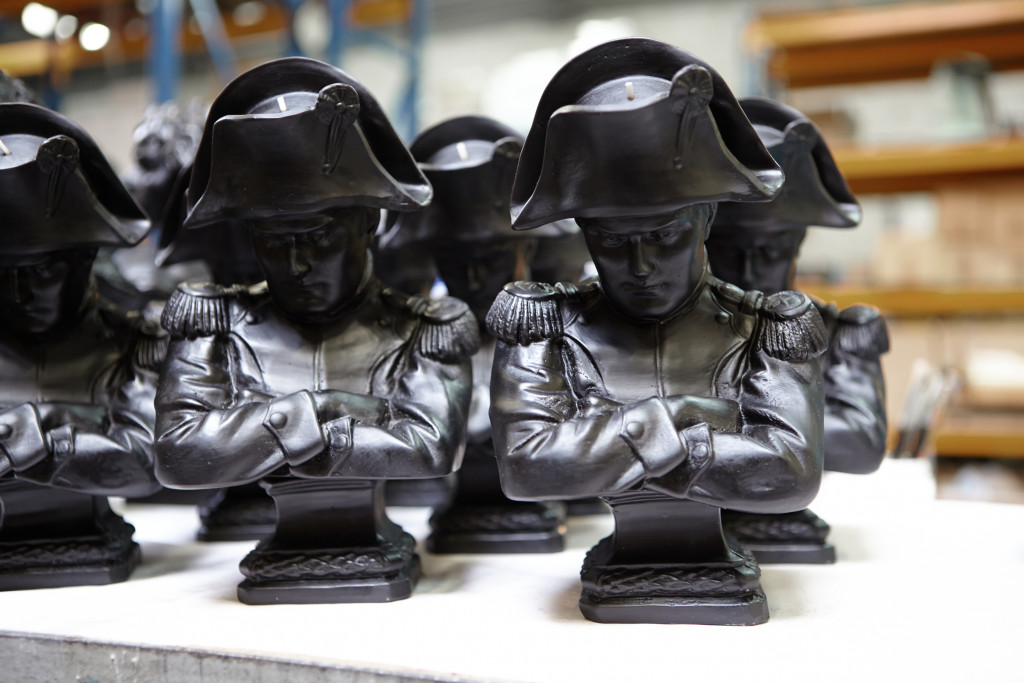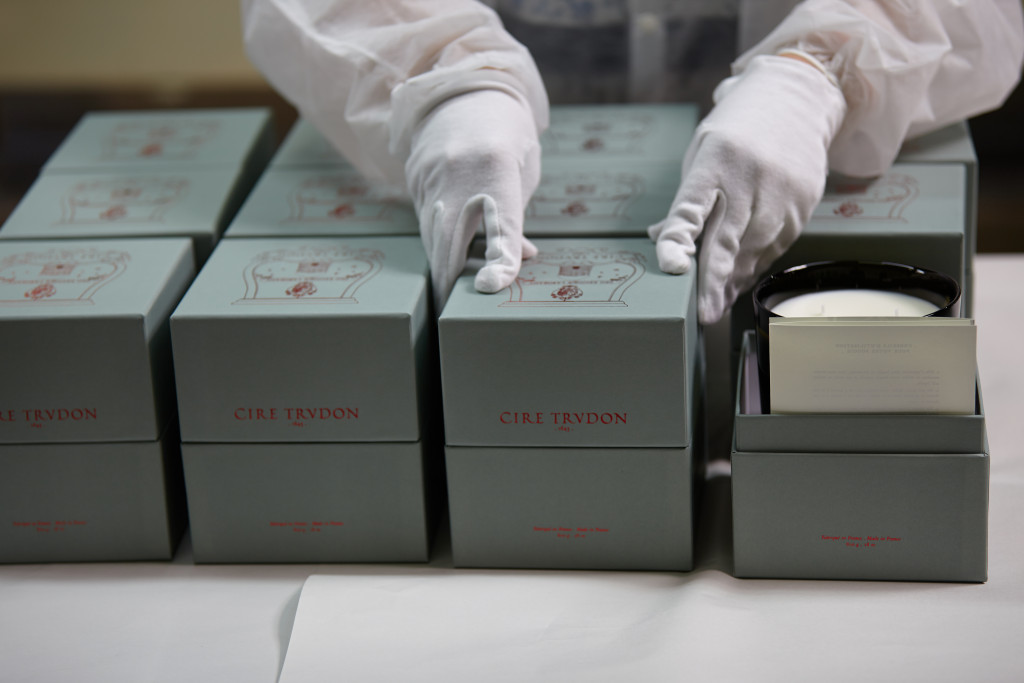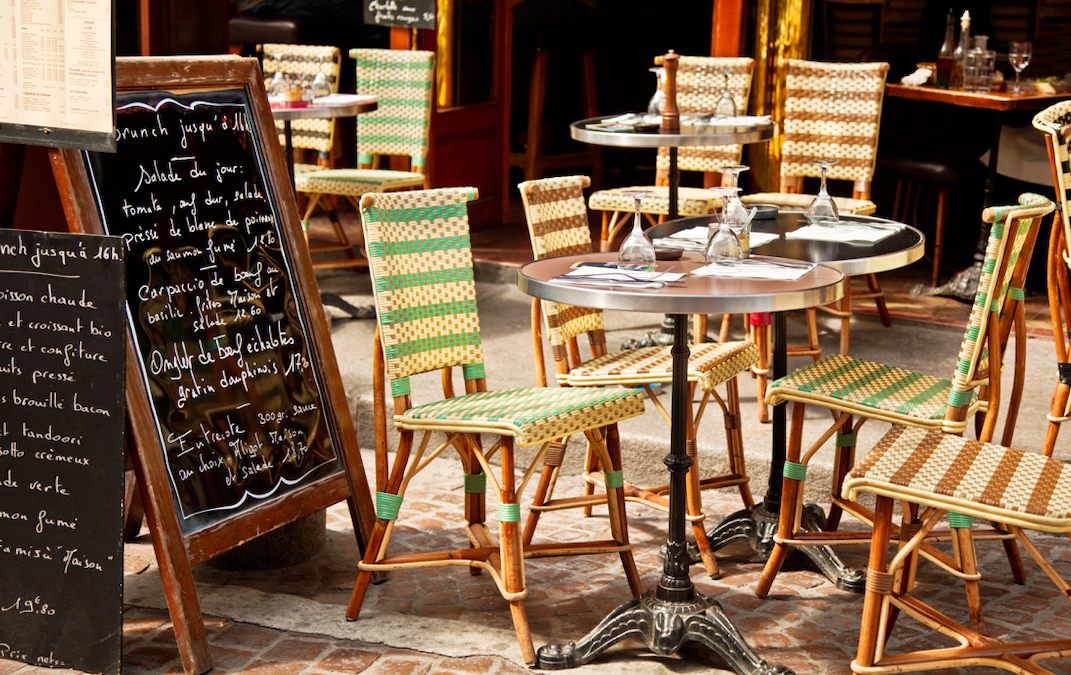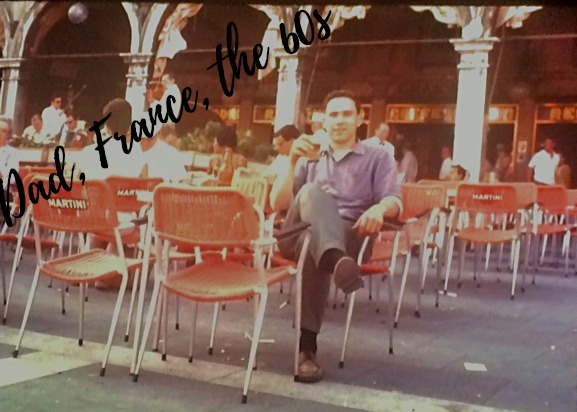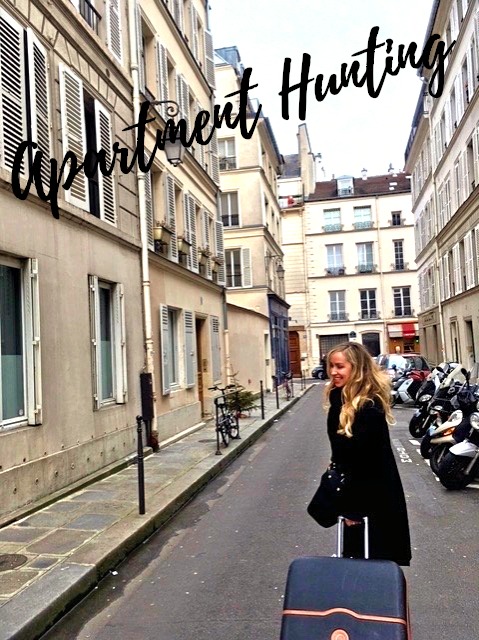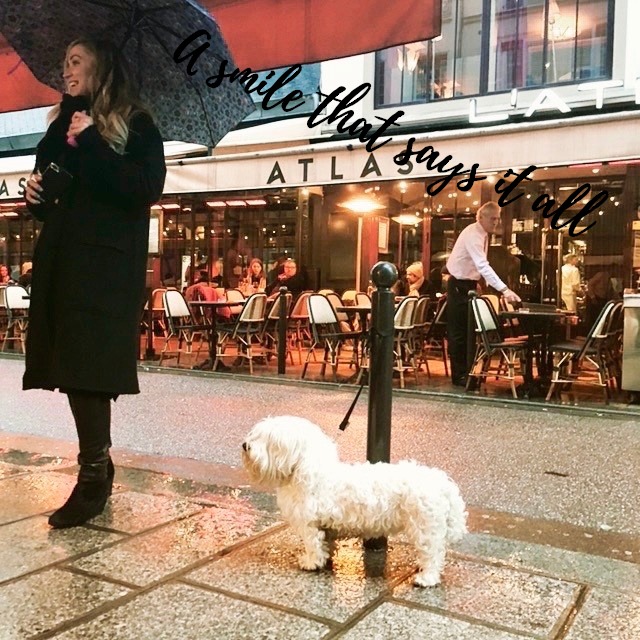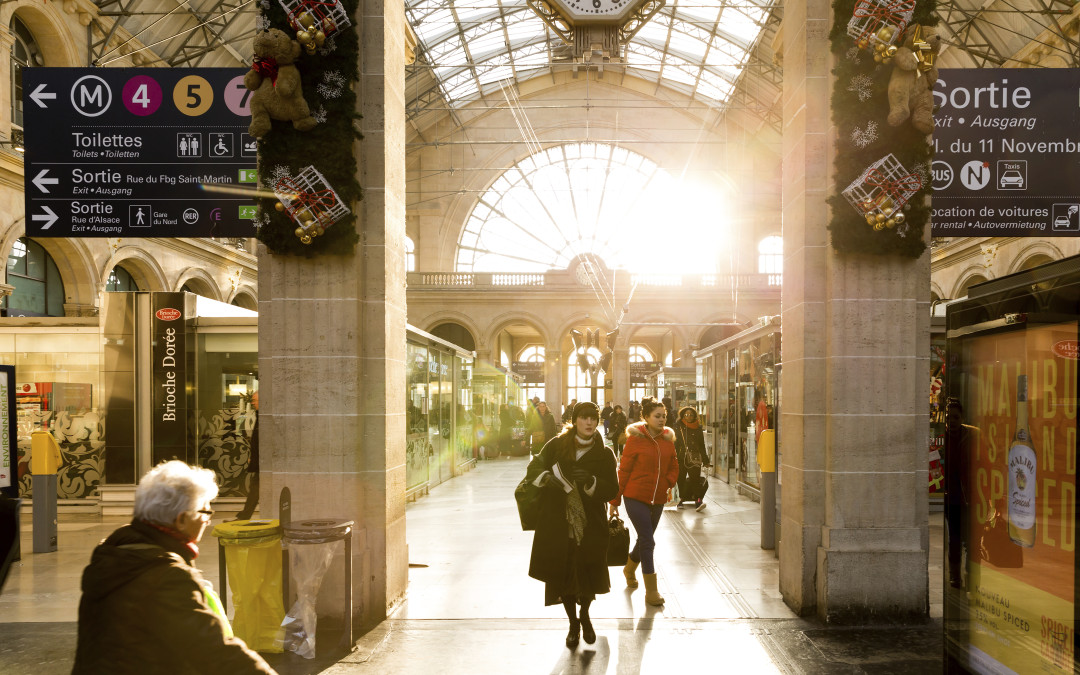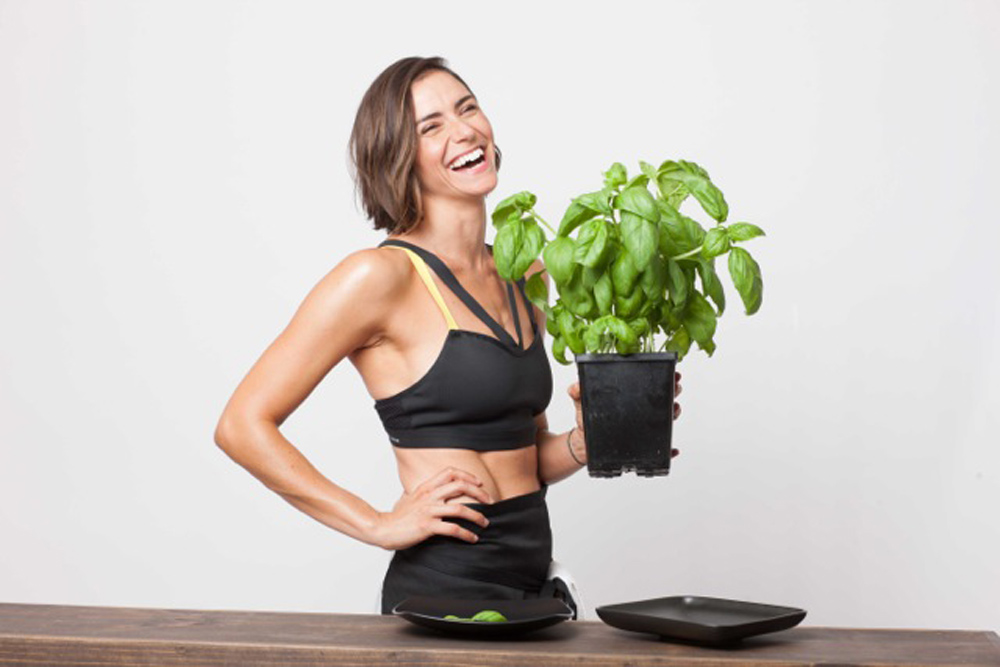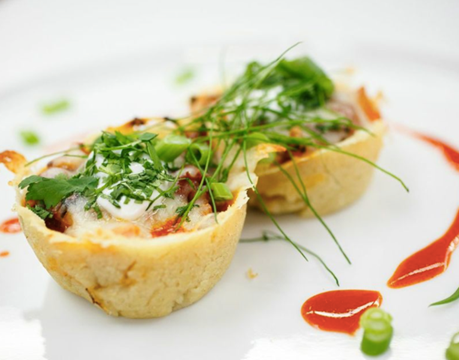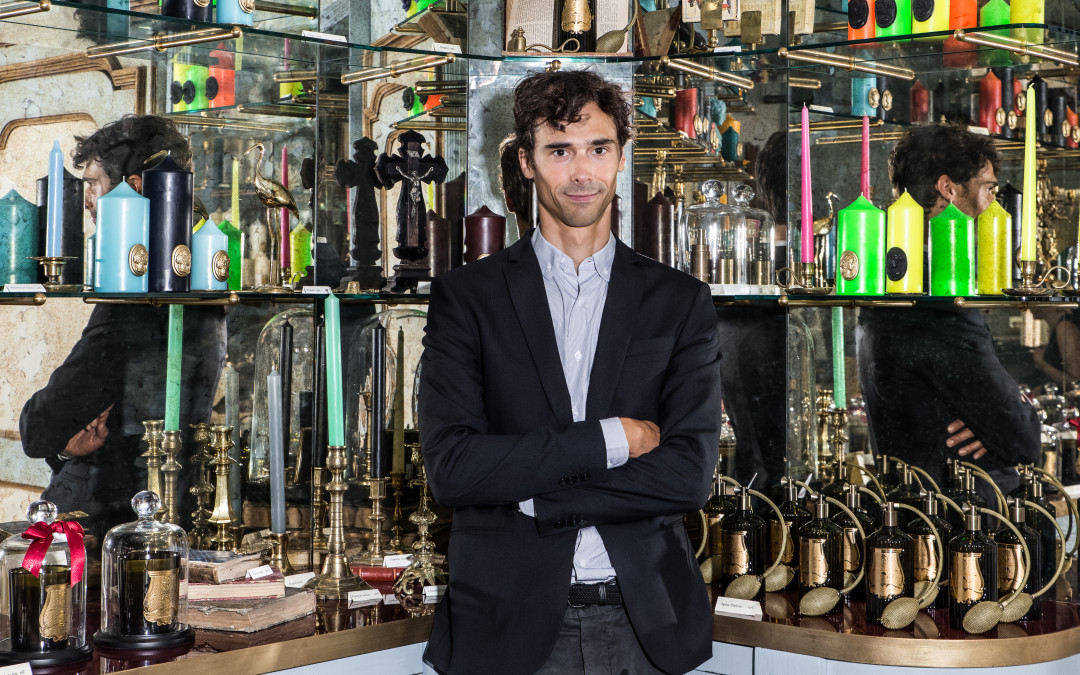
In Paris With Julien Pruvost Of Cire Trudon
If you’ve ever visited the Palace of Versailles, then you’re well aware of its magnitude in both size and stature. Even if you haven’t, the numbers speak for themselves: Imagine 700 rooms, more than 2,000 windows, 1,250 chimneys, 67 staircases, and a capacity for 20,000 people. As long as we’re talking stats, equally astonishing is the 3,000-plus candles that illuminated the palace—out of necessity, not a craving for ambiance.
But indispensability is what ultimately laid the groundwork for the Trudon family legacy. In 1643, Claude Trudon opened a boutique on rue Saint-Honoré that specialized in candles, among other provisions. It wasn’t long before the court of Louis XV and the kingdom’s most commanding parishes were demanding the pristine white beeswax candles. In 1737, Claude Trudon’s descendant, Jérôme Trudon, purchased the Manufacture Royale des Cires (a.k.a. Royal Wax Manufacturer) in Antony, France from Péan Seigneur Saint-Gilles, expanding the firm’s capabilities.
To learn more about the rich history of this fascinating luxury candle company, I strolled over to the Cire Trudon offices at Place des Victoires to meet with Julien Pruvost, executive director for the brand. Among other things, we discussed how the Trudon family formula wound up in the French encyclopedia (encyclopédie, ou dictionnaire raisonné des sciences, des arts et des métiers), his favorite Trudon company legend and how the brand survived into the modern-day world.
With a view of the Basilica of Notre-Dame des Victoires from the office window and the intoxicating aroma of Trudon candles in the air, it wasn’t hard to imagine a time when all the world was bathed in the incandescent glow of candle light.
In your own words, describe the history of Cire Trudon. “The history of Cire Trudon is short. The brand [as you know it now] was born in 2005. We cannot speak of a notion of brand survival, nor of survival here. The point is about transmitting, protecting and developing know-how. Cire Trudon condenses all of this into one entity. Cire Trudon tells the true story of over 350 years of candle and wax knowledge. Through its art, Cire Trudon tells the story of a people, a country, while speaking to the modern world.”
“I think that the main focal point is that we’re speaking to the former Royal Wax Manufacturer. When the Trudon family purchased the company from the former manufacturer, it had only recently become a thriving business that catered to the royals. They also improved the quality of the product to the point that a whole section of the French encyclopedia on arts, sciences and crafts is based on Trudon know-how. The engineer who was in charge of that section went to the Royal Wax Manufacturer and wrote down everything you would ever need to know about candle manufacturing—you could literally relaunch a candle produced in the way that it was done in the 18th century.”
What has enabled the brand to survive—and thrive—for so many years? “We don’t really consider ourselves ‘survivors;’ rather, we consider ourselves carriers of the heritage. We were able to reinvent ourselves. In a way, the Trudon family reinvented themselves when they improved the manufacturing from the previous [Royal Wax Manufacturer] owner. They were able to adapt the business to a time when gas and electricity were making their appearance. As for today, we’re not here to light a home—but we are in the decorative realm still producing candles, so that’s the important point.”
Since the candles were originally a home necessity versus a decorative item, when was the fragrance introduced? “I found a late record of a lavender and citronella candle produced by the Trudon company—but later, in the early 19th century. We know for a fact that Paris was not the cleanest place on earth back then, and malaria was around, so you needed all sorts of propellants. Citronella candles—which we still use today—were used to keep the inside air purified. The homes were not that clean, so we assume that lavender candles were mainly around to purify—not scent—the room. It was a modern invention.”
When a company has been around for so long, there are generally a few great stories from its past—what is one of your favorite Cire Trudon legends? “My favorite legend is about the tunnel that might have existed between the Louvre and the Trudon store that used to be right behind the Louvre castle on Rue de l’Arbre Sec. Since Paris had an amazing tunnel grid beneath its surface that was exploited all through the Second World War, essentially for commercial purposes, it was very plausible that a tunnel existed between the Louvre and the Trudon store. The tunnel grid goes back to the Roman period when rocks were carved out of the Paris rock-bed. The grid served many purposes over the centuries, from simple rock source to catacombs to bomb shelters, etc. So legend has it that there was a horse carriage that brought the goods back and forth.”
What makes a Cire Trudon candle so special? “A candle is meant to melt. If the surface of your candle isn’t completely molten, then the scent won’t be released. It’s also important for the candle to overburn. You need to adapt the wick to the the fragrance. Some will encourage the burn, while others with larger fragrance molecules inhibit it. Each of our 100% cotton wicks is specifically calibrated for each scent. Other features include: Non-drip, don’t omit smoke, complex and highly sophisticated fragrance compositions, and unique natural beeswax formula.”
How do you go about creating the scents? “We have an in-house team that comes up with the types of notes we would like to associate with each theme. For example, from a historical theme like Josephine. We looked at a certain part of her life when she lived in the Château de Malmaison after divorcing Napoleon. She loved tending to her rose garden and was fascinated by birds and plants, so it was very easy to work with that in terms of developing notes. Next, we bring the idea/concept to one of our perfumers.”
How long does it take to develop a scent? “We were never able to develop anything in under six months. However, when a scent comes out of the lab, it will not smell the same weeks down the line. The more you let it settle, the closer it will be to what the end result is. You cannot rush this process. It needs to mature because we try to work with the maximum amount of natural ingredients. They’re rounder, deeper and more interesting—these types of raw materials need to mature.”
What are the essential oils/fragrances you use? “They come from around the world, including France, and are transformed in Grasse, France.”
Tell me about a few of your favorite offerings, past and present. “I personally use these days Bartolomé, Madeleine and Positano. I also use a lot the Cire Trudon travel room sprays—especially in my car or when I am travelling extensively. Watching our wax busts being made is also fascinating. We have a partnership with the French National Museum Council to have the exclusive rights to reproduce in wax certain references in their catalogue.”
How did you get involved in this business and what do you love about it? “I joined the company as head of private label in 2009. I slowly got involved in the manufacturing part of the business, and that’s when I really fell in love with the company. For me, it’s very grounding to know that there’s a place where I can go and see the products that we’re offering while working on ways to constantly improve them. I also love the fact that we are selling an ancient product into our modern, high-speed world.”
Why do you think France has had so much success in creating luxury products over the years? “During the mid-17th century under Louis XIV, France made the market luxurious. Everything came from France and everyone wanted things from France, whether it was perfume, furniture, clothing—even architects, gardeners and scientists. Everything had been promoted so intensively under Louis XIV that there were thriving companies in France making all sorts of things. In a way, France is still living up to that, though it obviously had to adapt.”
WTB Signature Questions:
What do you always have in your carry-on bag? “For the last year and a half I have been carrying around fragrance samples with me. I try to smell a single fragrance in a variety of environments and situations. The home and/or the office are not always the best places to evaluate a fragrance because you’re used to their scent/environment.”
What is one of your favorite travel destinations and what is a destination on your bucket list?
Favorite destination: Lanzarote Island “It’s part of the Canary Islands. One, there is fantastic surfing over there and two, it’s a very wild and untapped place. Even so, the mayor of the main town is a man called César Manrique; he is also an artist, so he built a variety of structures on the island that are simply amazing. They’re built in lava tunnels or fields, so there’s a combination of this really rough landscape and modernist architecture. It’s like nothing that I’ve seen elsewhere.”
Bucket list destination: The Roden Crater (Arizona) by James Turrell “James Turrell is an American land artist who bought a crater in Arizona and turned it into an experimental art piece that you can actually penetrate and walk around. It relates to the sky and the stars, and it’s a real experience, from what I heard.”

